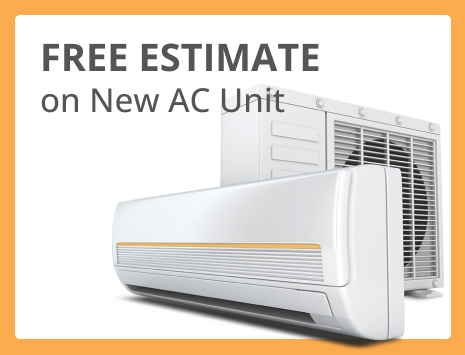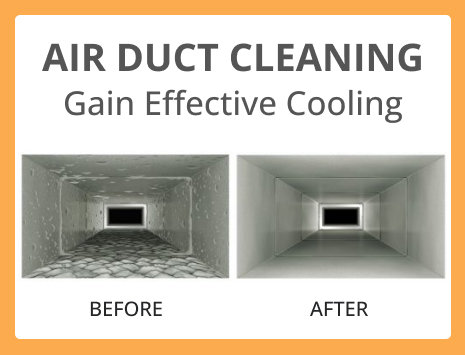
The ability to control the temperature in our homes is one of the greatest availabilities to human beings these days. In short, we don’t have to suffer during intense weather conditions, all thanks to HVAC systems, as they help us get the desired temperature in our homes throughout the year. But remember that any issue with an important section of the air-conditioning system might prompt you to contact the HVAC Repair Sunrise experts. Making it simple for you, a timely assistance from HVAC Repair Sunrise professionals is the key to avoid major failures.
Now, let’s understand how HVAC systems provide the desired temperature in our homes, offices and other places. It is all possible because of the refrigeration cycle, which is basically a heat-transfer process. But to perform this process, every single part of the HVAC system needs to be working properly. Here, we are talking about evaporator and condenser coils, as they both play a significant role in the air-conditioning cycle.
Evaporator Coils
In a cooling system, evaporator coils are located in the indoor unit, where the refrigerant absorbs the heat from the indoor atmosphere. Basically, it is the evaporator coil that makes it possible for the refrigerant to absorb the indoor heat. This is how a cooling system provides a comfortable indoor environment by continuously removing the heat from the indoor air. But when HVAC systems are being used to get a warm indoor atmosphere, the evaporator coils located in the outdoor unit help the refrigerant absorb the heat present in the outdoor atmosphere.
Condenser Coils
Just opposite to evaporator coil, the basic function of condenser coils is to help the refrigerant release the absorbed heat. In a cooling system, condenser coils are usually located in the outdoor unit, but if the HVAC system is being used to get a warm indoor atmosphere, then this task of releasing the absorbed heat is performed by the condenser coil located in the indoor unit.
How to Take Care of HVAC Coils?
You just to need to keep them dust-free because dust particles are not a good conductor of heat and hence, a thick dust layer over any of these coils can have a negative impact on the HVAC functioning. Either clean them by yourself at required intervals or call the AC coil cleaning experts for this.

























